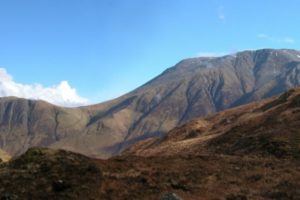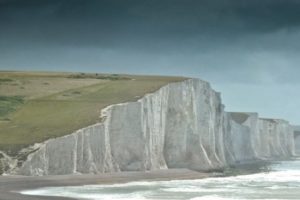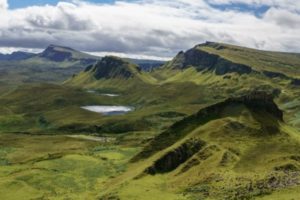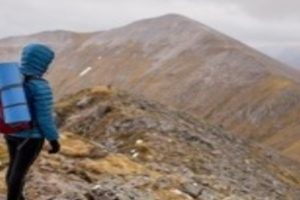Deciding what difficulty grade to give to each walk is often a tough choice as it depends on the person who is walking that route and what age, level of fitness and hiking experience they have to decide how steep a walk is. A vertical wall is a very difficult mountain climb for the average person, yet it might be very easy for your average professional climber.
The other problem with hiking is that often a route starts very easy, but near the summit has some hazardous parts. Take Yes Tor Summit in the Welsh Mountains – the walks here are generally straightforward, however, the summits are often extremely treacherous with many falling boulders and vertical cliffs. How on earth do you grade something straightforward at the beginning, but near impossible at the end?
Range of Grades
Typically six grades that can be given to a hike, from Easy meaning that it is generally flat with some gradient to Severe where you’re going to need to bring your professional climbing gear as there will be parts of the climb that are near vertical. The range is below;
- Easy
- Easy/Moderate
- Moderate
- Moderate/Hard
- Hard
- Very Hard
- Severe – Challenge Routes
How Do They Grade Each Hill/Mountain
To decide the grade that is awarded to each hike, generally it will be assessed against five key areas with the total outcome deciding on the grade;
- Terrain – What are you walking on? Paths are considered easy, while open fields or small boulders would be regarded as difficult.
- Feet Gained – The higher the distances that you walk, the greater the grade.
- Total Distance – The longer the route, the higher the grade
- Equipment Needed – An easy route needs minimal equipment and can be completed with just a simple pair of functional mountain boots, however for more challenging routes you may be required to need specialist climbing or hiking equipment.
- Navigation Equipment – A simply walk along a path way with signs does not generally need any navigation equipment, however if you’re going to start going across a National Park, then you will need specialist navigation equipment to include a map and GPS.







